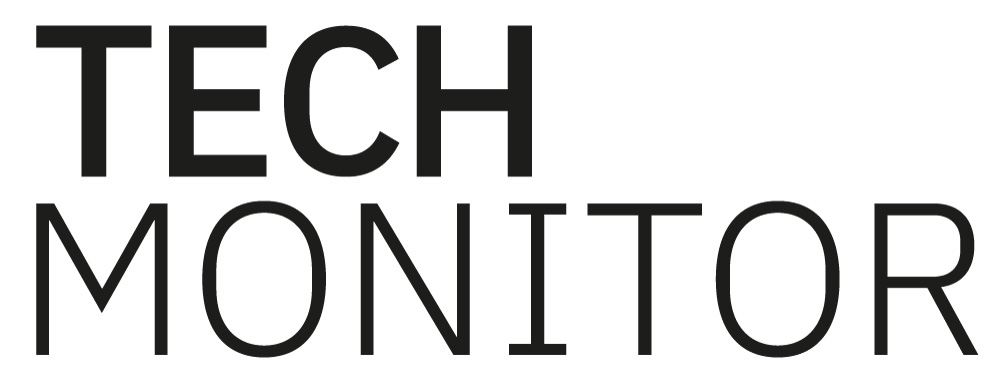
The vast majority of senior financial crime professionals are worried that the legacy tech in their firm is becoming a barrier to fighting off cyber attacks.
According to a survey of financial crime and AML compliance professionals in the UK, 92% are concerned that legacy technology will be a barrier to fighting financial crime over the next two years, while 87% are also concerned by disparate technologies that don’t interoperate or process data properly as a significant challenge.
The report by LexisNexis Risk Solutions also found that the vast majority (87%) believe that their business isn’t able to improve their technology fast enough to counter modern cyber criminals.
Although changing regulatory requirements are forcing investment in new technologies, over half (60%) see this as a main cause of cost increases.
Read more: RSA President: Beating the bad guys with business-driven security
Dean Curtis, UK MD, LexisNexis, says: “For those tasked with combatting financial crime it can feel as if they are fighting twenty first century criminals with twentieth century tools. Our report shows financial crime professionals do not believe the industry is doing enough to leverage the advantages of technology to fight financial crime.
“Whilst the FCA is assisting the acceleration and adoption of technology to fight financial crime through its regulatory Sandbox, more needs to be done. Practitioners must adopt a more strategic view of technology to enhance operational effectiveness as regulation has rapidly evolved in the last 15 years and simply increasing staff numbers is not a sustainable approach.” 
The survey, which questioned 168 financial crime and AML compliance professionals, also found that 44% believe that evolving criminal methodologies are the biggest single emerging risk they face. Many in retail banking (37%) and investment banking (34%) are also concerned by geo-political change.
Perhaps surprisingly, there is a higher percentage of respondents that feel Brexit will have a positive impact (30%) than a negative one (14%), the vast majority remain unsure.






